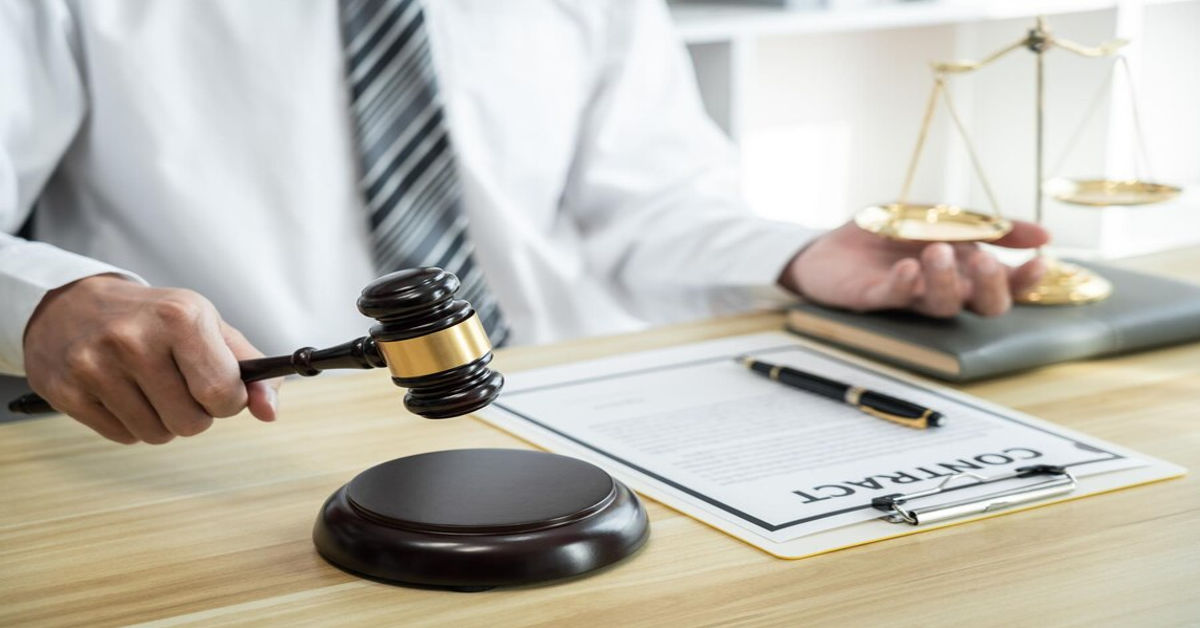Navigating the legal landscape can be a daunting task, especially when it comes to disputes involving damage claims. Whether you’re a plaintiff seeking compensation or a defendant contesting the validity of the claims against you, understanding the intricacies of disputing damage claims is crucial. This article will delve into the essential elements of disputing damage claims in a lawsuit, including the key legal concepts, strategies, and practical steps you can take to protect your interests.
Understanding Damage Claims in Legal Disputes
Damage claims are financial requests made by a party in a lawsuit for compensation resulting from harm or injury. These claims can arise from various situations, including personal injury cases, property damage, breach of contract, and more. The primary goal of a damage claim is to restore the injured party to their pre-injury state, as much as possible, through monetary compensation.
Types of Damage Claims
Before diving into disputing damage claims, it’s essential to understand the different types of damages that can be claimed in a lawsuit:
- Compensatory Damages: These are intended to compensate the injured party for their actual losses. They can include medical expenses, lost wages, and property repair costs.
- Punitive Damages: These are awarded in cases of egregious conduct, where the defendant’s actions were particularly harmful or reckless. Punitive damages aim to deter similar behavior in the future rather than merely compensating the victim.
- General Damages: These refer to non-monetary losses such as pain and suffering, emotional distress, and loss of enjoyment of life.
- Special Damages: These are quantifiable losses that can be precisely calculated, such as medical bills and lost earnings.
Joint and Several Liability: A Key Concept
One of the critical legal principles in disputes involving multiple parties is joint and several liability. This principle holds that if multiple parties are responsible for the same harm, each party can be liable for the full amount of damages, not just their proportionate share. This means that a plaintiff may pursue the entire amount of damages from any one of the defendants, regardless of their individual degree of fault.
Implications of Joint and Several Liability
- Increased Risk for Defendants: Defendants may find themselves responsible for more than their fair share of damages, especially if other liable parties cannot pay their portion.
- Strategic Considerations: This principle encourages defendants to work together in their defense, as they may want to limit their overall exposure to damages.
- Negotiation Dynamics: Joint and several liability can influence settlement negotiations, as defendants may be more willing to settle to avoid the risk of being held fully accountable.
Strategies for Disputing Damage Claims
Disputing damage claims effectively requires a strategic approach. Here are some key strategies you can employ:
1. Gather Evidence
Collecting robust evidence is essential for disputing damage claims. Depending on the nature of the dispute, this evidence may include:
- Medical Records: If the claim involves personal injury, obtaining medical records can help establish the extent of injuries and related expenses.
- Witness Statements: Collect statements from witnesses who can corroborate your version of events or challenge the claimant’s account.
- Documentation of Expenses: Keep detailed records of all expenses related to the claim, including repair bills, medical expenses, and lost wages.
- Expert Testimony: In some cases, expert witnesses may be needed to provide testimony that supports your case.
2. Assess the Validity of the Claim
Examine the claim closely to identify any weaknesses or inconsistencies. Consider the following questions:
- Is the claim for damages reasonable given the circumstances?
- Are there any gaps in the evidence provided by the claimant?
- Has the claimant accurately documented their damages?
By thoroughly assessing the validity of the claim, you can identify potential defenses and strategies for challenging it.
3. Negotiate a Settlement
Often, disputes can be resolved through negotiation before reaching the courtroom. Consider engaging in settlement discussions with the opposing party to explore potential resolutions. Key points to consider during negotiations include:
- Compromise on Amount: If the claim is valid but excessive, propose a fair compromise that addresses the legitimate losses without accepting the full amount claimed.
- Alternative Solutions: Sometimes, non-monetary solutions (such as repairs or services) may be more acceptable to both parties than a financial settlement.
- Mediation: In some cases, involving a neutral third-party mediator can facilitate productive negotiations.
4. File a Counterclaim
If you believe the other party’s actions have caused you damages, you may consider filing a counterclaim. This legal move allows you to assert your rights and seek compensation for your own losses, thereby potentially offsetting the damages they are claiming against you.
5. Prepare for Trial
If negotiations fail and the dispute proceeds to trial, thorough preparation is crucial. Here are some steps to take:
- Work with an Attorney: Engaging a skilled attorney who specializes in the relevant area of law can significantly improve your chances of success.
- Develop a Strong Case: Present a compelling case that challenges the claimant’s evidence and highlights any weaknesses in their argument.
- Practice Testimony: If you or your witnesses will be testifying, practice your testimonies to ensure clarity and confidence in the courtroom.
Key Considerations When Disputing Damage Claims
Disputing damage claims can be complex, and there are several key considerations to keep in mind:
1. Legal Representation
Having experienced legal representation can significantly influence the outcome of a dispute. A knowledgeable attorney can guide you through the legal process, help you understand your rights, and advocate for your interests.
2. Understanding the Burden of Proof
In most cases, the burden of proof lies with the claimant, meaning they must provide sufficient evidence to support their claims. Understanding this concept can help you formulate your strategy for challenging the claim.
3. Statutes of Limitations
Be aware of the statutes of limitations that apply to your case. These laws dictate the timeframes within which a lawsuit must be filed, and failing to act within these limits can result in the loss of your right to dispute the claim.
4. Insurance Considerations
If the claim involves an insurance policy, review the terms of your coverage. Insurance companies often have a vested interest in settling claims, and they may be able to negotiate on your behalf.
Conclusion
Disputing damage claims in a lawsuit can be a challenging and intricate process, but understanding the key concepts and strategies involved can empower you to protect your interests effectively. Whether you’re facing a personal injury claim, property damage dispute, or any other type of damage claim, being well-prepared and informed is essential.
By gathering evidence, assessing the validity of claims, and employing effective negotiation tactics, you can position yourself favorably in the dispute process. Remember that legal representation can be invaluable in navigating the complexities of the law and advocating for your rights.







